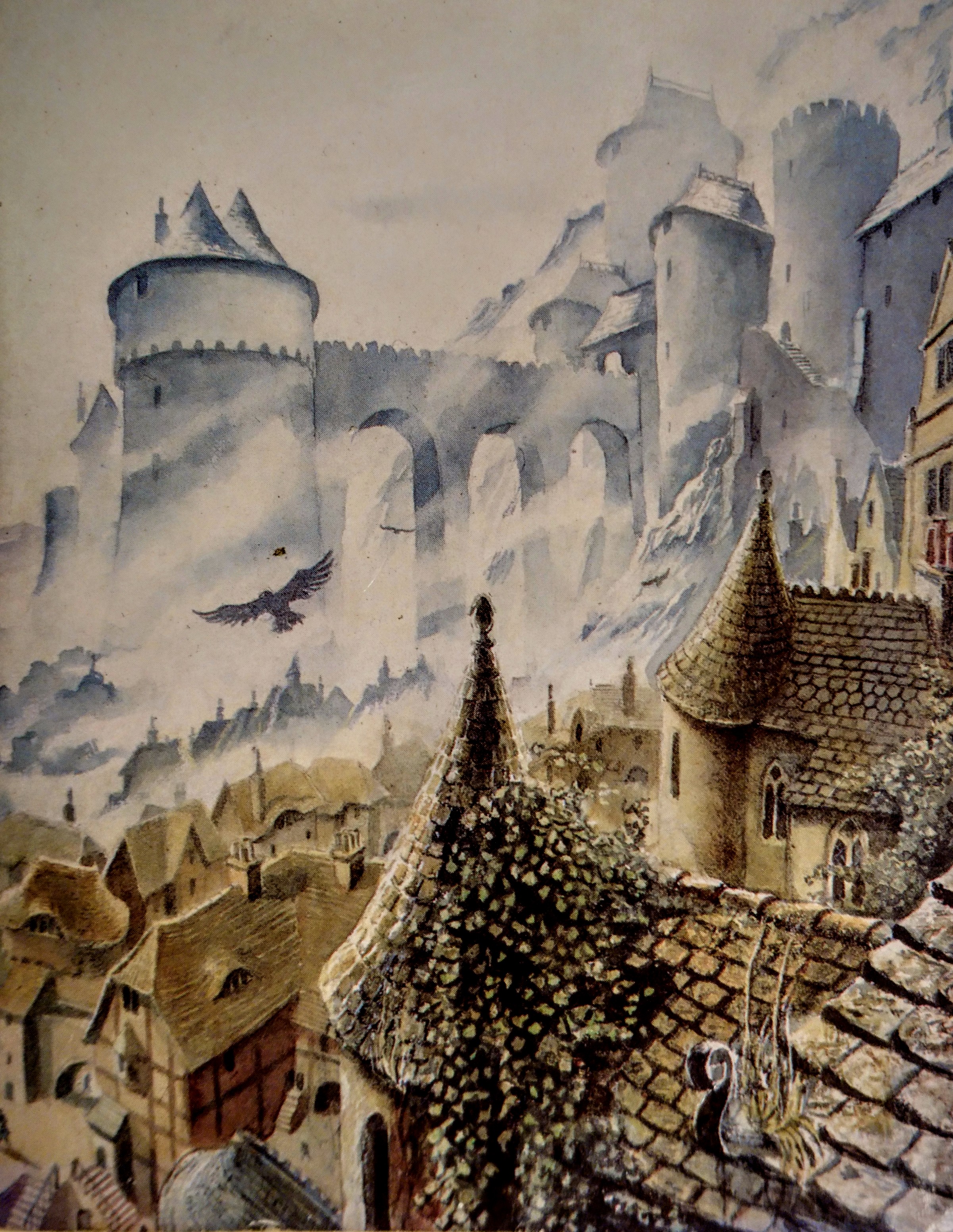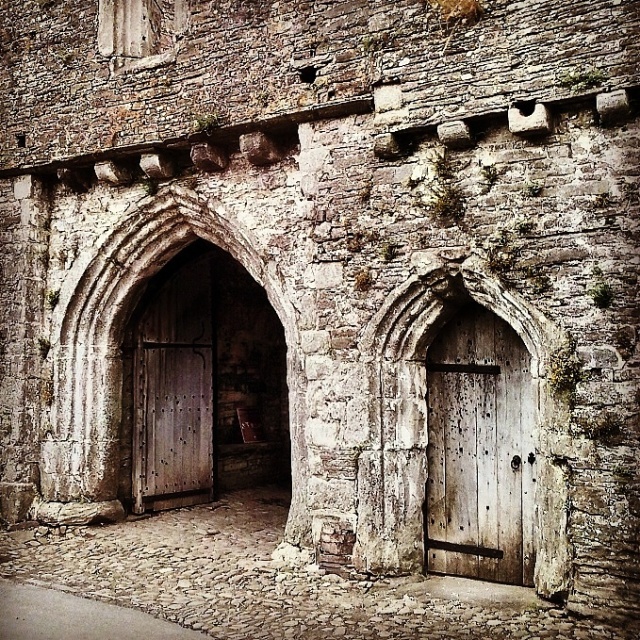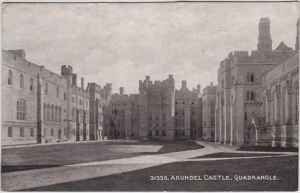
The Rime of the Ancient Mariner
by Samuel Taylor Coleridge.
Illustrated by Mervyn Peake,
with an introduction by Marina Warner.
Cover design by Helen Lindon.
Vintage Classics, 2004.
“God save thee, ancient Mariner!
From the fiends, that plague thee thus!—”
Like the Ancient Mariner, whose glittering eye mesmerised the unwilling Wedding Guest, the story and the rhythm and the word choices of Coleridge’s Rime have the power to render the reader spellbound more than two centuries after its composition and publication.
Add to it not Gustave Doré’s engravings – superb as they are – but Mervyn Peake’s haunting images, and then this slim volume of what John Livingstone Lowes described as one of the two “most remarkable poems in English” provides an opportunity to venture into territories which only a poet’s mind can conceive.
And after a perusal – or better still, an incantation – of the poem perhaps we all will, like the Wedding Guest, believe ourselves undoubtedly sadder but also wiser humans.
Continue reading “Fiends that plague thee thus”






